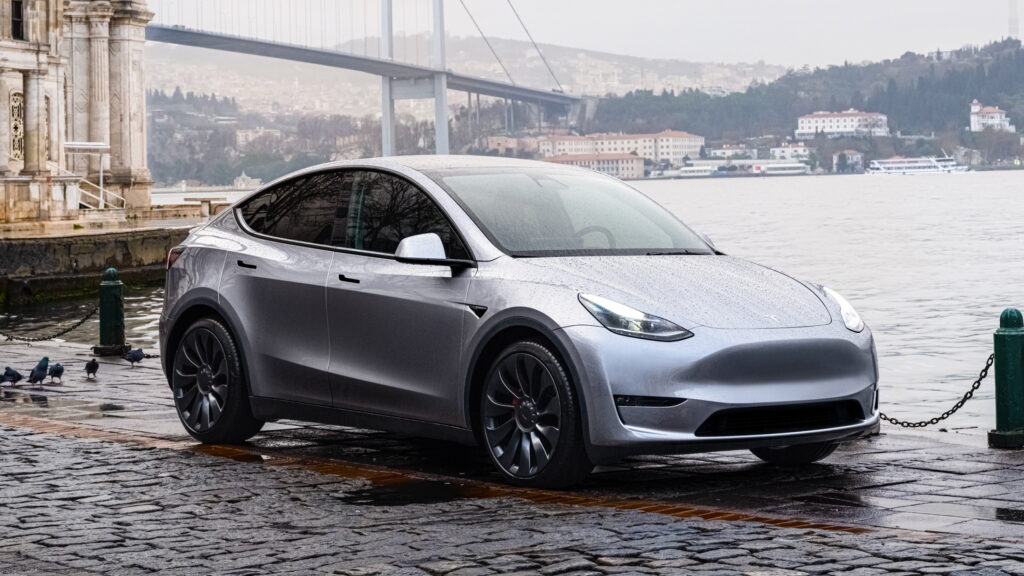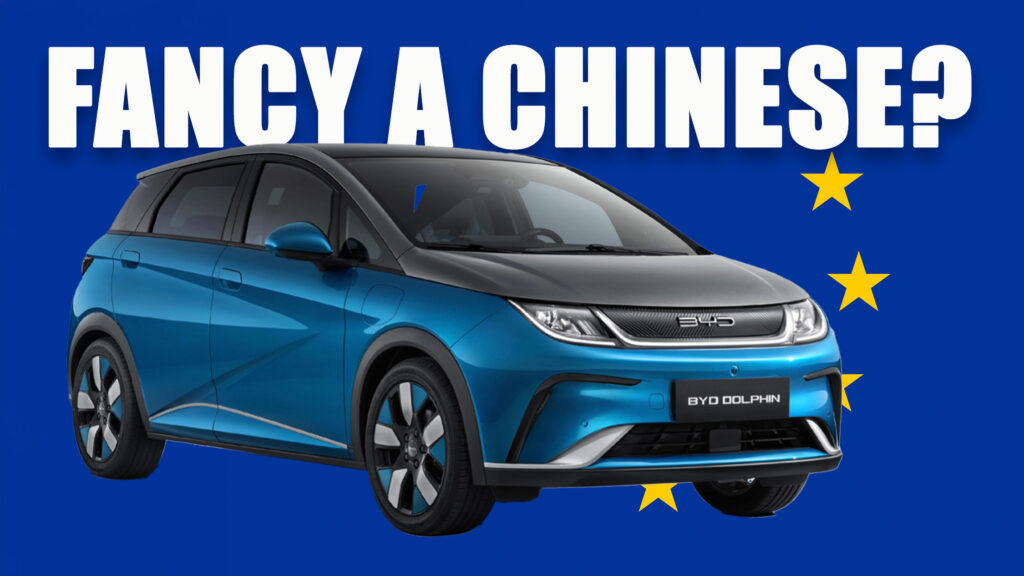- The European car market was up in February by 10 percent, so Chinese-made models’ rise is definitely impressive.
- The rise can be partly explained by some Chinese OEMs increasing imports ahead of a EU decision regarding EV subsidies.
- Companies like Tesla, MG and Volvo are perceived by consumers as Western, although they are building their EVs in China.
How long until mainstream Western automakers are wiped out by their opposite numbers from China? Fifteen years? Ten? Looking at the latest sales European sales figures, which reveal Chinese-built cars accounted for one in five new EVs in February, it’s easy to imagine it happening, and soon – at least until you dig a little deeper.
That one-in-five stat is shocking enough, but comparing this year’s numbers with last years reveals some even more alarming ones. Registrations of Chinese-made cars in Europe were up 45 percent this February compared with February 2023, and to prove that wasn’t a blip, the Jan-Feb increase was only fractionally lower at 43 percent.
More: Europe Appears Increasingly Likely To Hit Chinese EVs With Tariffs
True, the entire European car market was up in February, but only by 10 percent, so this definitely isn’t a case of a rising tide lifting all ships. While Chinese-built cars were upping their share by 45 percent, those from Germany and Spain, the second and third most popular countries of origin for new cars, each only grabbed a 6 percent larger slice of the pie than they had last February.
Jato Dynamics notes that cars made in China outsold cars made in Italy, Korea, Morocco, and Romania – all major players in the Euro car industry – while also closing the gap between cars made in Turkey and the UK.
“The growth is partly explained by action taken by some Chinese OEMs to accelerate imports ahead of the EU decision on the anti-subsidy investigation,” says Felipe Munoz, Global Analyst at Jato Dynamics. “Increased tariffs could slow the growth of China’s OEMs, but as a knock-on effect it could also prompt them to accelerate their deliveries to Europe.”

So what’s the caveat we alluded to in the intro? It’s that 44 percent of the volumes of the made-in-China cars were registered by Western brands like Tesla, Volvo and Dacia, and a further 40 percent relate to sales of MGs, which, like Volvo, is Chinese owned, but still perceived by many buyers as a European company. Discounting those from the equation results in a 16 percent share of Chinese-built cars going to true Chinese brands.
There’s no doubt that will grow, but Munoz says Western automakers still have a bit of breathing space.
“Chinese brands still have a long way to go before they occupy a significant part of the European market,” the analyst says. “Despite the strides they have made in regard to performance and affordability, increasing awareness and shifting long-standing perceptions will take time.”
Source: Jato Dynamics




